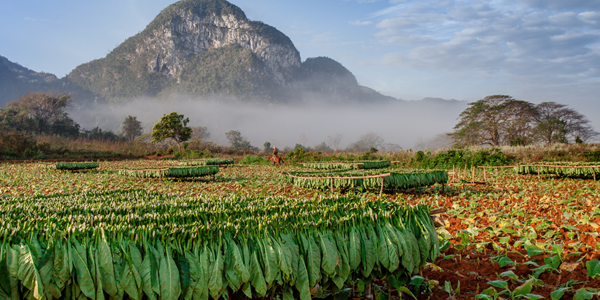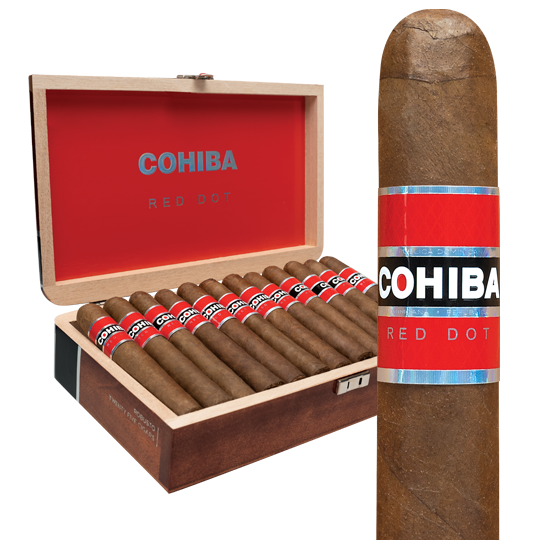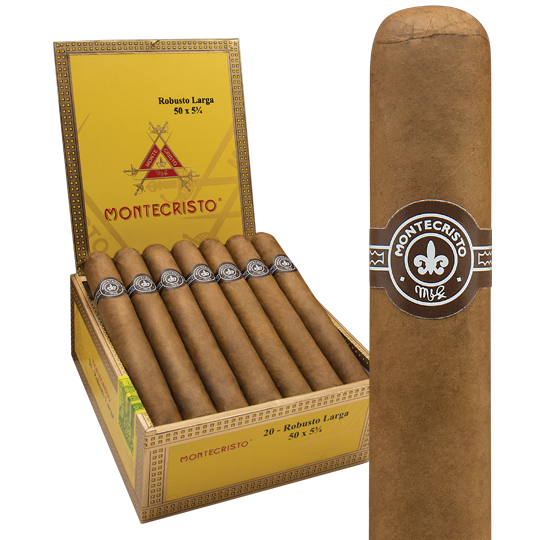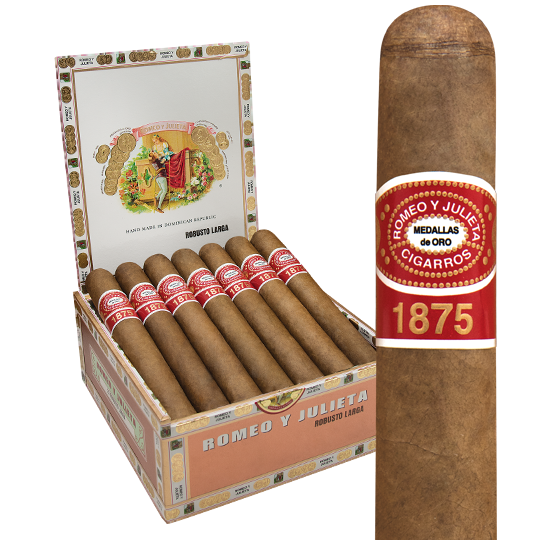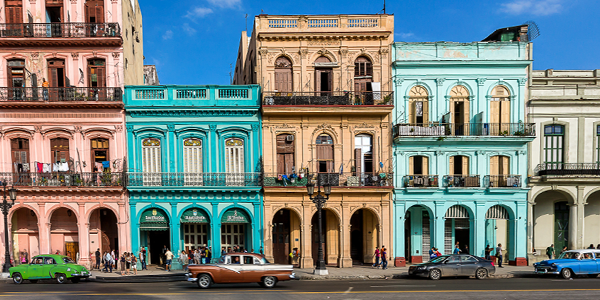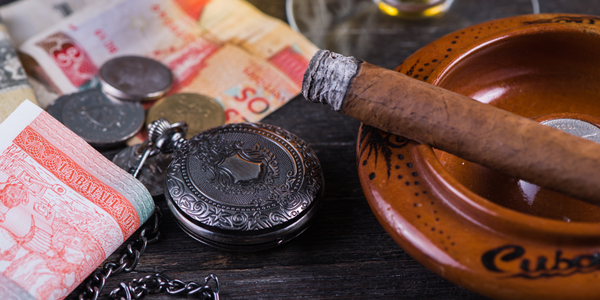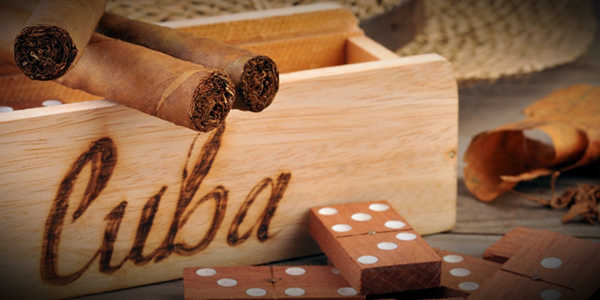Cuban Tobacco Field & Plantation History
I know, I know, you’re dying to go to Cuba. You’ve heard all about the mojitos at El Bodeguita and daiquiris at El Floridita. You want to visit the cigar factories and cigar stores and get Cubans for a relatively reasonable price. But that’s all in Havana and, sure, if the only place you visit when you go to Cuba is Havana, you can say you’ve been there. The thing is, you’ll be missing out on the other Cuba, the part that is not dotted with Soviet-era buildings and anti-imperialist billboards. I tell first-time visitors to Cuba that their next trip ought to include Santiago, the city on Cuba’s eastern shore that sits on the Caribbean. I tell them they should drive there from Havana and see the interior of the country and its lovely people. In reality, though, these days, many visitors from the US have little time and a good number arrive on cruises that afford even less variety. Ya gotta see the sights.
All of this is understandable, but if you’re a true lover of cigars, then one short trip you will want to fit in during your visit to Cuba is to Pinar del Rio. Now, to be clear, there are five important parts of Cuba in which cigar tobacco is grown. The Partido is just to the west of Havana and specializes in wrapper; Semi-Vuelta is just to the west of that and most of the tobacco grown there is not for cigars; Remedios, or Vuelta Arriba, is in the center of the country and is the oldest tobacco-growing area on the island and tobacco from here goes into the Jose L. Piedra cigars; Oriente is near Santiago, to the far east end of the island, and was where the Spanish first landed and, while tobacco is still grown here, none of it goes into the Habanos production of cigars; Vuelta Abajo is Pinar del Rio’s top growing area, producing filler, binder and wrapper leaves, and is the principle source for Habanos cigars.
Pinar del Rio is a two-hour-plus ride by car and you’ll be in the heart of Cuban tobacco-growing country. And I do mean country, as in dirt roads. And I mean country in that this is a world apart from Havana. So, go west, young man (or woman)!
Pinar del Rio translates as pine forest or grove by the river. Pines grow along the Rio Guama in this westernmost province of Cuba. The area was rugged and undeveloped when the later (post-Columbus) conquistadors dropped in, but the region was left pretty much alone. When emigres from the Spanish Canary Islands began arriving in the 1500s, they started growing tobacco. By the time Europe became enamored with tobacco in the 1800s, Pinar del Rio was flourishing. As we’ve written before, the History of Padron Cigars can be traced to this migration.
Dámaso Padrón, José Orlando’s grandfather, immigrated as a young boy to Cuba from the Canary Islands, Spain, in the mid-1800s. He worked in the tobacco fields of Pinar del Rio. With a little bit of money, the family bought a small farm. They cultivated tobacco and kept buying farms in Pinar del Rio, adding a factory in the town of Piloto. That is where Piloto Cigars, the official name of Padrón Cigars, comes from. José Orlando was born in 1926 (that’s where the 1926 series of cigars gets its name) and worked in the family business. In 1961, the family farm was nationalized by the Castro regime. José Orlando first went to Spain, then New York, before finally settling in Miami in 1962.
As the province grew, rail lines were built to connect Pinar del Rio to the rest of Cuba and sea routes were opened to ship the tobacco. Pinar del Rio had become the ‘Mecca of Tobacco.’ Small farmers in the region grow 85 percent of the cigar tobacco in Cuba. Now, as when it started, the cultivation of tobacco is done by hand.
The place to visit on Pinar del Rio’s tobacco road these days is the Alejandro Robaina Tobacco Plantation, or Finca El Pinar Alejandro Robaina, which is painted on the big tobacco barn that you’ll see as you drive up. The farm’s traditional name is actually Cuchillas de Barbacoa (blades of barbecue; don’t ask). The plantation – and please don’t think of antebellum mansions in Mississipi here – is in the town of San Luis and was founded in 1845. San Luis is in the Vuelta Abajo part of the province and is the center of great tobacco. The Robaina fields have traditionally grown some of Cuba’s best tobacco, especially high-quality wrapper leaf. The product was so good, the story goes, that Fidel Castro branded the cigars from the farm with the family name of Robaina. This is the only cigar in the Habanos portfolio with that honor.
Fidel is dead and so, too, is Alejandro Robaina, who passed away in 2010, but Alejandro’s grandson, Hirochi, now runs the family farm. Hirochi Robaina’s intials, ‘HR,’ can also be found on a cigar line made in Nicaragua, but he plays consummate host to visitors at the Cuban plantation. The finca offers daily tours and the best time to go to see tobacco growing in the fields is between October and January.
You should also try to stop by and see Héctor Luis Prieto at his Quemado de Rubí farm. Prieto is a leader in Cuba’s eco-tourism and was the Habanos cigar man of the year in 2008. Prieto welcomes visitors and allows some of them to stay and work the fields. He has a small farm house where cigars are made. Much of Prieto’s production is used for Cohiba cigars.
The other fields you’re going to want to see in Pinar del Rio, in the town of Viñales, are among the ones that grow tobacco exclusively for the Cohiba cigar. About 25 percent of Viñales is what the Cuban cigar industry designates as ‘vegas finas de primera.’ Essentially, this means the best tobacco fields, or vegas. The story goes that only 10 such fields grow tobacco for Cohiba. The exact location of these fields is a closely guarded secret, though they are in what is a national park. Ask the locals. Someone will know. In truth, the best thing to do is just drive around and stop at different places. You’ll see tobacco plants covered in a sort of muslin or cheesecloth or nylon. This is called tapados, or covered. Some call it shade-grown tobacco and it produces a silky wrapper. The other tobacco you’ll see is open to the sun, or tabaco del sol. You’ll recognize the stalks because they are shorter than the covered plants. The sun-grown is used for filler and binder leaves in cigars.
Also, if you can, take a horse-riding tour of the Valle de Viñales. It’s probably among the prettiest natural sites in Cuba and you’ll meet farmers who will sell you their cigars for a lot less than what you’ll pay in Havana. It’s a way to make a little extra and they’ll cost a pittance. They don’t sell many as growers must turn over 90 percent of the crop to the state. The Cuban government is the only buyer of the tobacco, even though the farms are technically private and families have owned them, in some cases, for hundreds of years.
That’s the case with Paco Hernandez at Finca Paco Hernandez in Viñales. Hernandez tells visitors his family has owned the farm for generations. He does sell his own cigars, ones whose leaves get sprayed with rum, making his brand pretty distinctive. The farm also has a paladar, a private home-restaurant, and the food is quite tasty.
One of the best views of the fields in Viñales is to be found at the Balcón del Valle (balcony of the valley) restaurant. The food’s pretty good, but the views of tobacco fields, drying barns and the famous mogotes of the province are all visible. Mogotes are hills made of limestone, marble or dolomite. They look a bit out of place on the landscape in that they seem to just pop out of the ground. The Viñales Valley is full of them and is designated a UNESCO World Heritage location.
Go to Pinar del Rio. Talk to the people there. They know the history. Smoke a home-rolled cigar with them. This is the Cuba you can’t find in Havana. This is the rural Cuba that lives on. Stuck in time.

